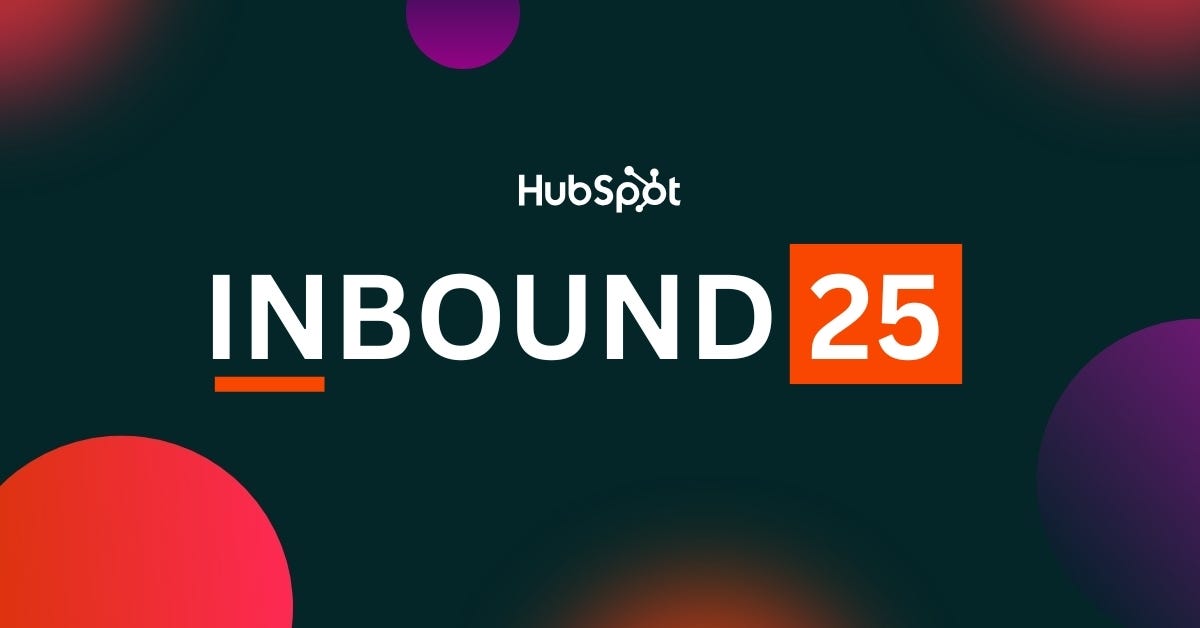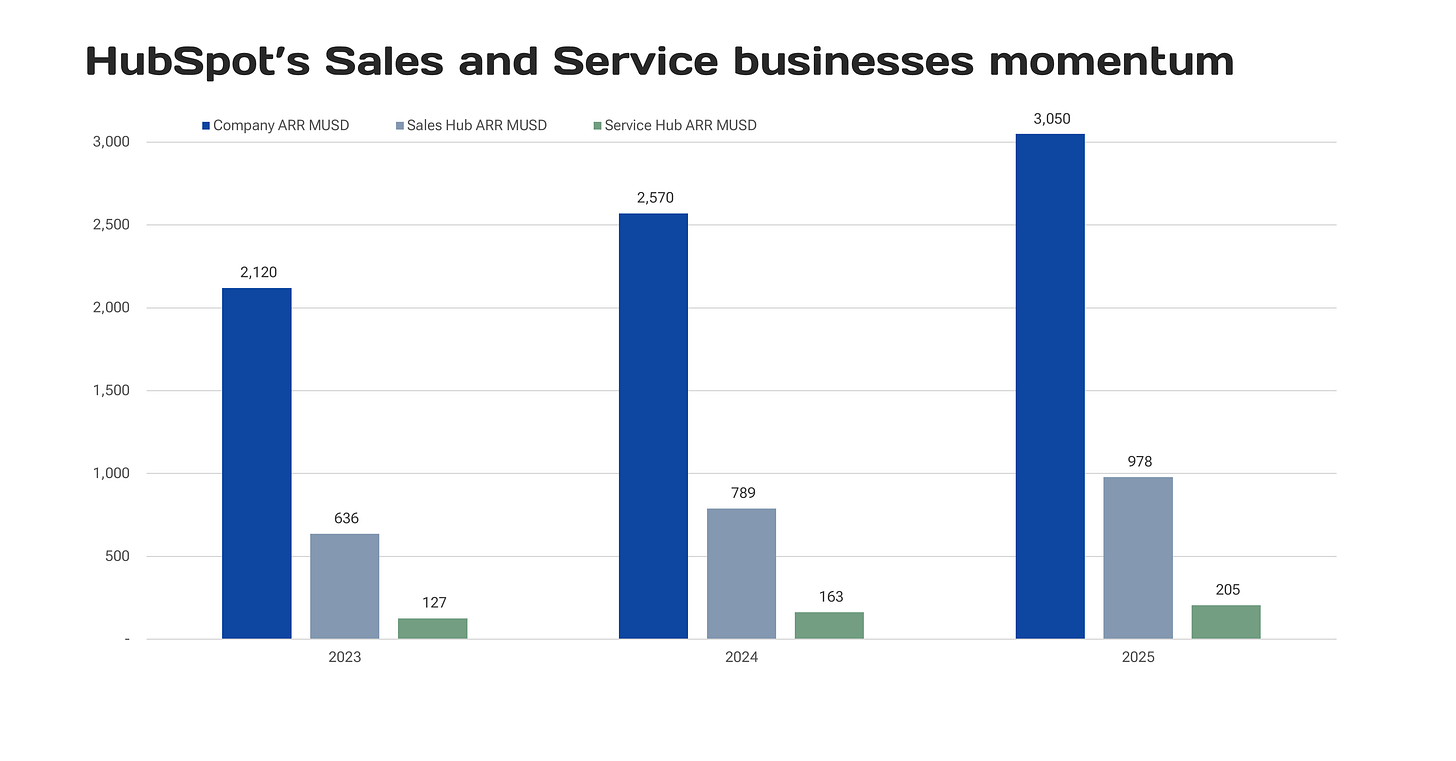HubSpot hosted its annual Inbound conference in San Francisco last month. I didn’t attend in person but joined the keynote and investor session remotely. The event offered several important takeaways worth highlighting.
On its path to $3B, the company continues to demonstrate steady execution and a strong ability to reinvent itself through market and technology shifts. CTO Dharmesh Shah keeps exploring and sharing the art of the possible with AI. The company added 20 new Breeze AI agents to its suite. More notably, at a time when AI adoption challenges dominate the conversation, HubSpot’s baked-in approach stands out as one driving usage.
The inventor of inbound marketing addressed the steady decline in organic traffic, warning businesses of a “traffic apocalypse.” It introduced a new playbook, the Loop, to respond to changing buying behaviors. Anchored in precise Ideal Customer Profiles and continuous monitoring of signals that provide context and indicate readiness to consider your products or services, the approach orchestrates multiple marketing and sales plays across channels, supported by highly tailored content.
While HubSpot continues to gain share downmarket with its all-in-one approach, it is also expanding upmarket, as more sizable businesses choose it for ease of use, unified customer context across marketing, sales, and service, and low total cost of ownership. The company reported that customers with $5K+ ARR now account for a third of revenues, up from 20% in 2021. I am seeing more competitive displacements where companies trade feature depth for a simpler, easier-to-manage CRM.
HubSpot unveiled a major CRM platform overhaul, embedding new capabilities rather than layering them on top. The CRM has evolved into a unified repository of structured and unstructured data, a mini Customer Data Platform that can connect to other repositories like Snowflake via Data Studio. It leverages Clearbit to enrich company and account data and HubSpot Data Quality to keep data clean, current, and enriched. Its newly named HubSpot Smart CRM adds several AI-Native CRM promises: auto-updating, automatic enrichment, and the ability to unlock unstructured data and conversations.
HubSpot is seeing pre- and post-sales customer journeys converge, making unified customer context central to its value proposition. Sales and Service Hubs continue to grow over 20% year over year and are becoming a meaningful share of revenues. While the company doesn’t break out ARR by hub, I was able to triangulate their trajectories. Sales alone is approaching $1B, driven by businesses seeking a unified salestech approach, a notable achievement, as few providers have achieved sales stack unification at this scale.
HubSpot has firmly established itself as a CRM powerhouse, continuing to stay at the forefront of key market shifts by swiftly adapting its platform to a fast-evolving market.




